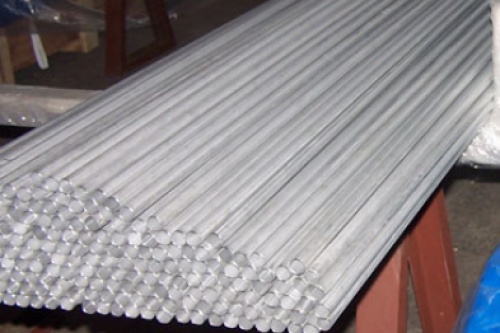What are the Stainless Steel 304 and 316?
Austenitic stainless steel is often utilized when stainless steel must endure corrosive environments. Austenitic stainless steels have great mechanical qualities, and the high levels of nickel and chromium in them provide excellent corrosion resistance. Furthermore, many austenitic stainless steels are easily formable and weldable. Austenitic stainless steel grades 304 and 316 are two of the most regularly utilized. The difference between stainless steel 304 and stainless steel 316 will be discussed in this article to help you decide which grade is best for your project.
Stainless Steel Grade 304
The most prevalent austenitic stainless steel is 304 stainless steel. It has a high nickel level, ranging from 8 to 10.5 percent by weight, as well as a high chromium content, ranging from 18 to 20% by weight. Carbon, manganese, and silicon are some of the other primary alloying elements. Iron makes up the majority of the remaining chemical composition. Because of the high concentrations of nickel and chromium in Stainless Steel 304, it offers great corrosion resistance.
Stainless Steel Grade 316
Grade 316 stainless steel, like 304, has a lot of chromium and nickel. Silicon, manganese, and carbon are also present in SS 316, with iron being the majority of the composition. The chemical composition of stainless steel 304 and 316 differs significantly, with Grade 316 containing a large quantity of molybdenum (usually 2 to 3 percent by weight), whereas 304 contains just trace amounts of molybdenum. Because of the higher molybdenum concentration, Grade 316 has higher corrosion resistance. When it comes to marine stainless steel, austenitic stainless steel is the best option. Stainless Steel 316 is frequently regarded as one of the best options.
Difference between Stainless Steel 304 and 316
The increased molybdenum content in Grade 316 can have negative impacts on formability, hence SS 304 grade may be utilized if exceptional formability is required.
There are questions about the application's pricing. Grade 304 is usually less expensive than Grade 316.
If there are a lot of corrosive elements in the surroundings.
If the material will be submerged or exposed to water on a regular basis.
The SS 316 grade should be utilized in situations that require more strength and hardness.
Visit our website to learn more about Stainless Steel 304 and 316: https://www.solitaire-overseas.com/stainless-steel-316-316l-tubes-supplier-exporter.html












